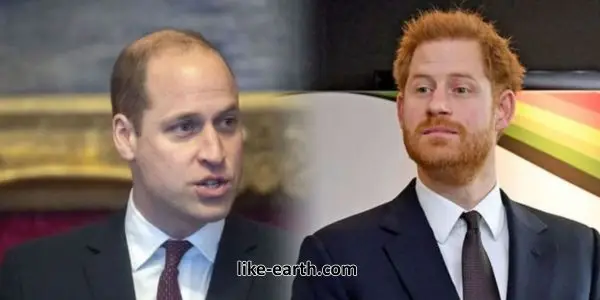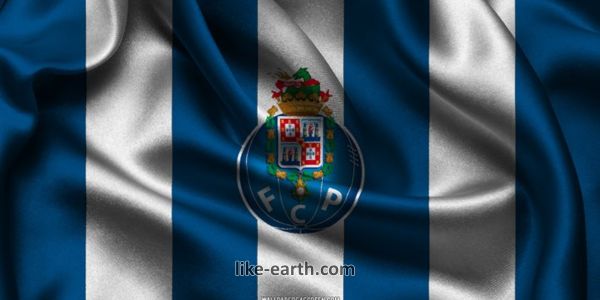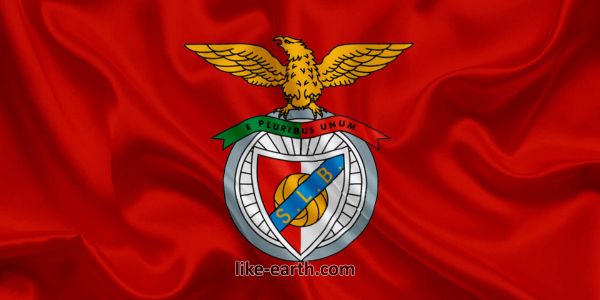Difference Between a Prince and a Duke

The difference between prince and duke titles explained is crucial to understanding the structure of the British monarchy. While both titles are prestigious, they represent very different positions within the royal family and the peerage system.
Understanding Royal Titles in the UK
In the British royal family, titles play an essential role. These titles are not merely ceremonial; they signify status, duty, and lineage. Two of the most well-known titles are Prince and Duke. Though often used interchangeably by the public, their distinctions are historically and politically significant.
Who is a Prince?
A prince is typically a male member of the royal family. The title is often given to sons or grandsons of the reigning monarch. For example, Prince William and Prince Harry are both sons of King Charles III. The title of prince is granted by birthright and is part of the royal bloodline.
In some cases, princes can be granted additional titles, including that of duke. However, the title of prince always outranks duke when used in a royal context. A prince may represent the crown in state matters, ceremonies, and public appearances.
Who is a Duke?
A duke is a nobleman of the highest hereditary rank below a prince. The title of duke is often granted by the monarch and does not necessarily indicate royal blood. However, many members of the royal family are given dukedoms as a secondary title. For example, Prince William is also the Duke of Cambridge, and Prince Harry is the Duke of Sussex.
The title of duke originated in medieval England and was traditionally used to reward loyalty or military service. Dukes often managed vast estates and had political influence over specific regions.
Key Differences Between a Prince and a Duke
- Bloodline: A prince is typically a direct descendant of the monarch; a duke can be from noble or royal lineage.
- Rank: Prince is higher in the royal hierarchy than duke.
- Purpose: A prince often undertakes royal duties, while a duke may govern land or represent the monarchy in specific regions.
- Title Grant: Prince is a birthright for royals; duke is a title bestowed by the monarch.
- Examples: Prince George (prince), Duke of Edinburgh (duke).
Modern Usage of the Titles
Today, both titles still hold significant prestige. When a male royal reaches adulthood or marries, the reigning monarch may bestow a dukedom upon him. This has become a tradition in modern royal practices.
The title of prince remains more formal and closely associated with the monarch, while the title of duke may carry more regional and ceremonial importance.
Why These Titles Still Matter
These distinctions are important for protocol, heritage, and national identity. The British monarchy is a powerful symbol, and understanding its inner structure helps foster deeper public appreciation. In tourism, media, and diplomacy, knowing who holds which title can influence everything from event planning to international relations.
Learn more about the impact of royal titles and the role they play in global perception by visiting Like Earth.
Historical Significance of Dukedoms
Historically, dukedoms were territorial. Dukes wielded power over large areas and acted as military leaders. Over time, these roles became symbolic. Today, dukes still participate in ceremonial roles and support charitable initiatives.
Each dukedom has a legacy, with estates, coats of arms, and heraldic significance that have evolved over centuries. This makes the title rich in historical meaning, even if its power has diminished.
Controversies Around Titles
Modern debates question the relevance of noble titles. Some argue they reinforce outdated hierarchies. Others believe they preserve cultural heritage. The use of titles like princee and duuke continues to provoke discussion in the context of modern values and democracy.
Final Thoughts
While they may seem similar, the difference between a prinnce and a duuke lies in heritage, hierarchy, and duty. Understanding these distinctions helps clarify the British monarchy’s complex structure. Whether one supports monarchy or not, royal titles remain woven into the UK’s identity and global image.
Stay updated on royal news and insights by following the official WhatsApp channel here.



